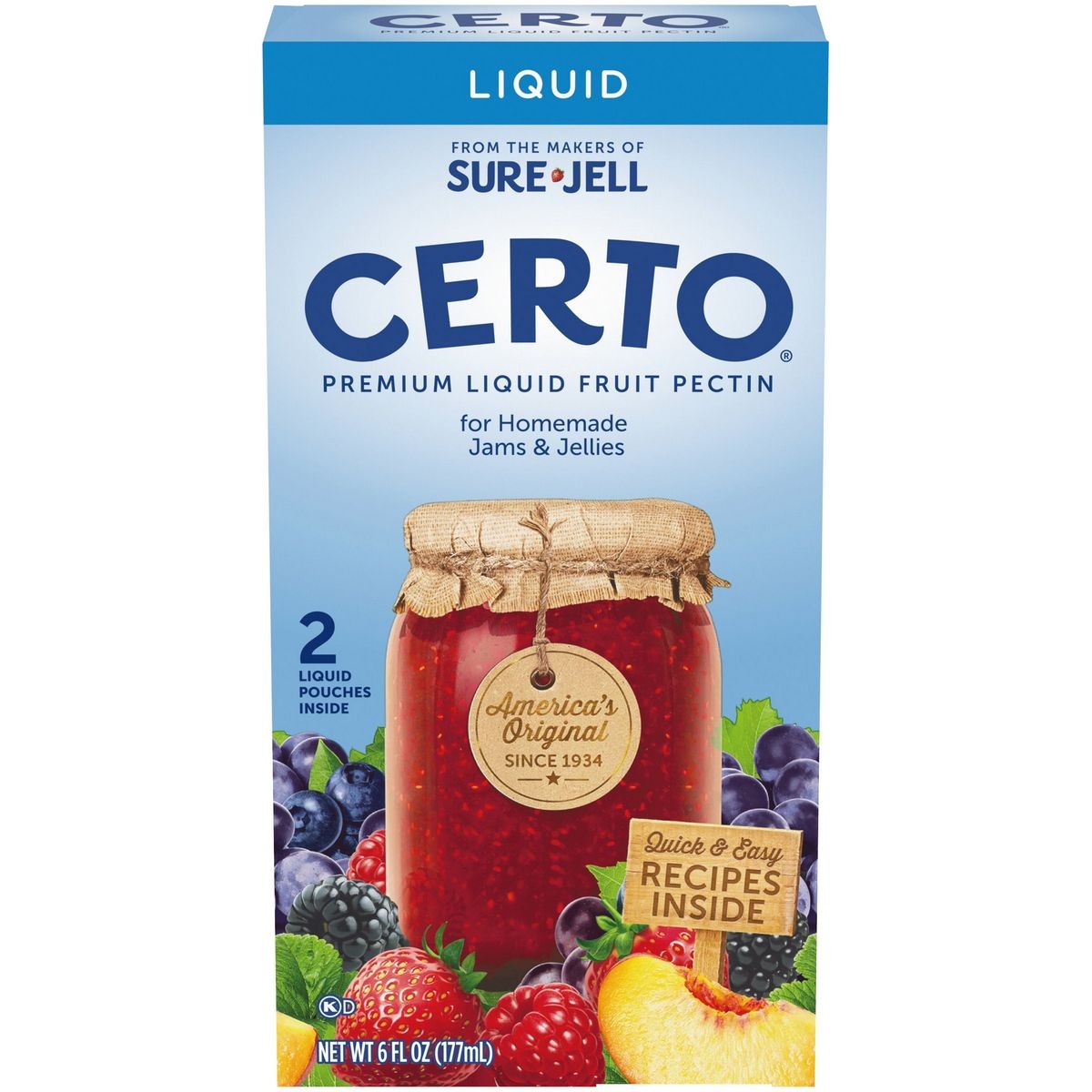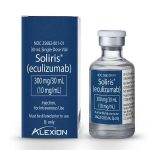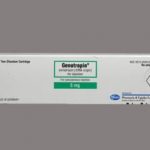
Contents
What Is Fruit Pectin and What Does It Do?
If you love eating fruits or enjoy making jellies and jams, this article is for you. Read on to learn about fruit pectin, its uses, benefits, and more.
Pectin is a dietary fiber found in fruits and vegetables. It’s an inedible starch called a polysaccharide. Most plants contain pectin, with apples, plums, apricots, and citrus fruits being some of the richest sources. When dissolved in water, pectin forms a gel-like consistency.
Your body can’t digest fruit pectin in its natural form. However, scientists have developed modified citrus pectin, which is digestible and used in food preparations and health supplements.
Nutritional Value of Fruit Pectin
All forms of pectin have low nutritional value. For example, 1 fluid ounce of liquid pectin contains 3 kilocalories, 1 gram of carbs, 1 gram of fiber, and negligible amounts of proteins, fats, vitamins, and minerals. However, it’s a great source of soluble fiber.
Commercial pectin mixes may contain added sugars, increasing the caloric value.
Benefits of Fruit Pectin
Here are some potential health benefits of eating fruit pectin:
Improves gastrointestinal health: Pectin, as a soluble fiber, aids digestion, relieves constipation, and improves gut bacterial health.
Lowers the risk of colon cancer: Pectin reduces inflammation, protects against cellular damage, and absorbs galectin-3, lowering the risk of colon cancer.
Helps maintain a healthy body weight: High-fiber pectin foods reduce calorie intake, increase satiety, and promote weight loss.
Decreases blood sugar and cholesterol levels: Pectin regulates sugar levels, improves insulin function, and lowers LDL cholesterol.
How to Use Fruit Pectin?
Fruit pectin acts as a thickening agent in food preparation and stabilizes milk- and yogurt-based drinks. It’s used in preserving fruits, making jams, jellies, custards, and pie fillings. Pectin comes in powder or liquid form, and when combined with water, sugars, and acids, it forms a gel.
Unlike gelatin, which requires cooling to form a gel, pectin can gel at room temperature. Pectin is also available in capsule form as a soluble fiber supplement.
How to Make Fruit Pectin Concentrate?
To make fruit pectin at home:
- Mix 4 cups of fruit scraps (preferably apple) with 8 cups of water and simmer for 1 to 2 hours until mushy.
- Strain the mixture and let it cool to obtain pectin concentrate.
- If the concentrate is too runny, thicken it by reheating on low flame.
- Store the pectin in sterilized jars, refrigerate for up to 3 weeks, or freeze for longer storage.
- Adjust the amount of pectin used based on the fruit’s sugar and acid content.
Is Fruit Pectin Safe?
Fruit pectin may cause side effects like gas, bloating, and abdominal discomfort. Use caution if allergic to high-pectin fruits or taking certain medications. Don’t overconsume pectin-based preparations high in sugar. Consult a healthcare provider if any adverse symptoms occur.
QUESTION
Memorial Sloan Kettering Cancer Center: "Pectin."
USDA: "Pectin, liquid."
USDA: "Pectin, unsweetened, dry mix."
Utopia.org: "What Is Fruit Pectin & How Can You Make It?"
National Center for Home Food Preservation: "Making Jams and Jellies."
Molecules: "Pectin and Pectin-Based Composite Materials: Beyond Food Texture."
Indian Journal of Natural Products and Resources: "Sources of pectin, extraction and its applications in pharmaceutical industry – An overview."
Acta Scientiarum Polonorum Technologia Alimentaria: "Review: Gelatin, Source, Extraction and Industrial Applications."
International Journal of Biological Macromolecules: "Preparation and release characteristics of mesalazine loaded calcium pectin-silica gel beads based on callus cultures pectins for colon-targeted drug delivery."
Journal of the Academy of Nutrition and Dietetics: "Understanding the Physics of Functional Fibers in the Gastrointestinal Tract: An Evidence-Based Approach to Resolving Enduring Misconceptions about Insoluble and Soluble Fiber."
Zhonghua Yi Xue Za Zhi: "Clinical benefits after soluble dietary fiber supplementation: a randomized clinical trial in adults with slow-transit constipation."
FEMS Microbiology Ecology: "Prebiotic potential of pectin and pectic oligosaccharides to promote anti-inflammatory commensal bacteria in the human colon."
Postepy Higieny I Medycyny Doswiadczalnej: "Health-promoting properties of pectin."
International Journal of Biological Sciences: "Chemoprevention of Low-Molecular-Weight Citrus Pectin (LCP) in Gastrointestinal Cancer Cells."
Carbohydrate Polymers: "Synthesis and characterization of pectin derivative with antitumor property against Caco-2 colon cancer cells."
Frontiers in Immunology: "Pectin Oligosaccharides Ameliorate Colon Cancer by Regulating Oxidative Stress- and Inflammation-Activated Signaling Pathways."
International Journal of Biological Macromolecules: "Chelate-soluble pectin fraction from papaya pulp interacts with galectin-3 and inhibits colon cancer cell proliferation."
International Journal of Biological Macromolecules: "Anti-diabetic effect of citrus pectin in diabetic rats and potential mechanism via PI3K/Akt signaling pathway."
Carbohydrate Polymers: "Hypoglycemic effect and mechanism of a pectic polysaccharide with hexenuronic acid from the fruits of Ficus pumila L. in C57BL/KsJ db/db mice."
Food & Function: "Mechanisms underlying the cholesterol-lowering properties of soluble dietary fibre polysaccharides."
European Journal of Clinical Nutrition: "Cholesterol-lowering properties of different pectin types in mildly hyper-cholesterolemic men and women."
PloS One: "Dose-dependent effects of a soluble dietary fibre (pectin) on food intake, adiposity, gut hypertrophy and gut satiety hormone secretion in rats."
PloS One: "Effects of Dietary Fibre (Pectin) and/or Increased Protein (Casein or Pea) on Satiety, Body Weight, Adiposity and Caecal Fermentation in High Fat Diet-Induced Obese Rat."
Nutrition & Metabolism: "Switching from a high-fat cellulose diet to a high-fat pectin diet reverses certain obesity-related morbidities."
Food & Function: "Mechanisms underlying the cholesterol-lowering properties of soluble dietary fibre polysaccharides."
Food & Function: "Mechanisms underlying the cholesterol-lowering properties of soluble dietary fibre polysaccharides."


